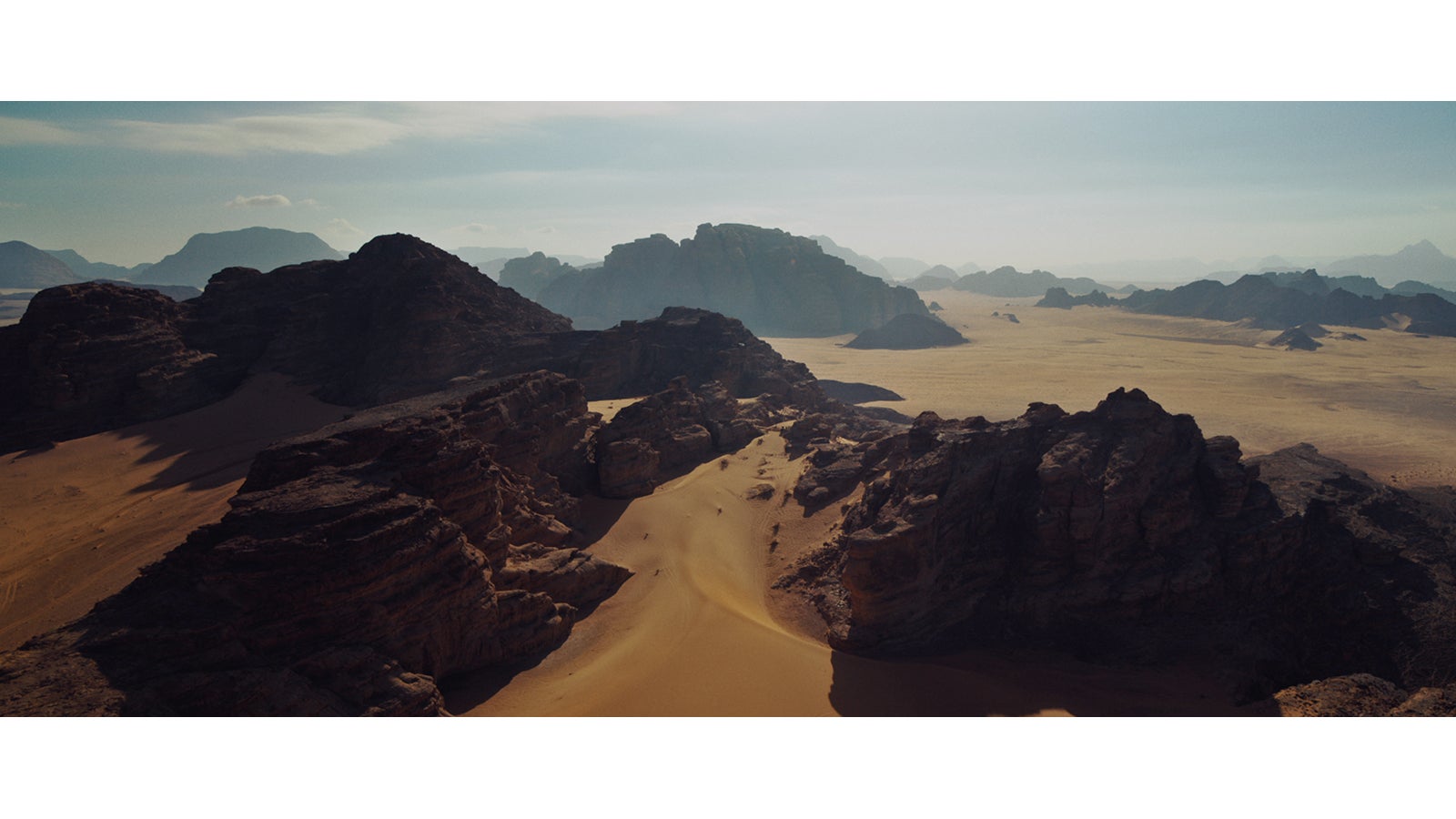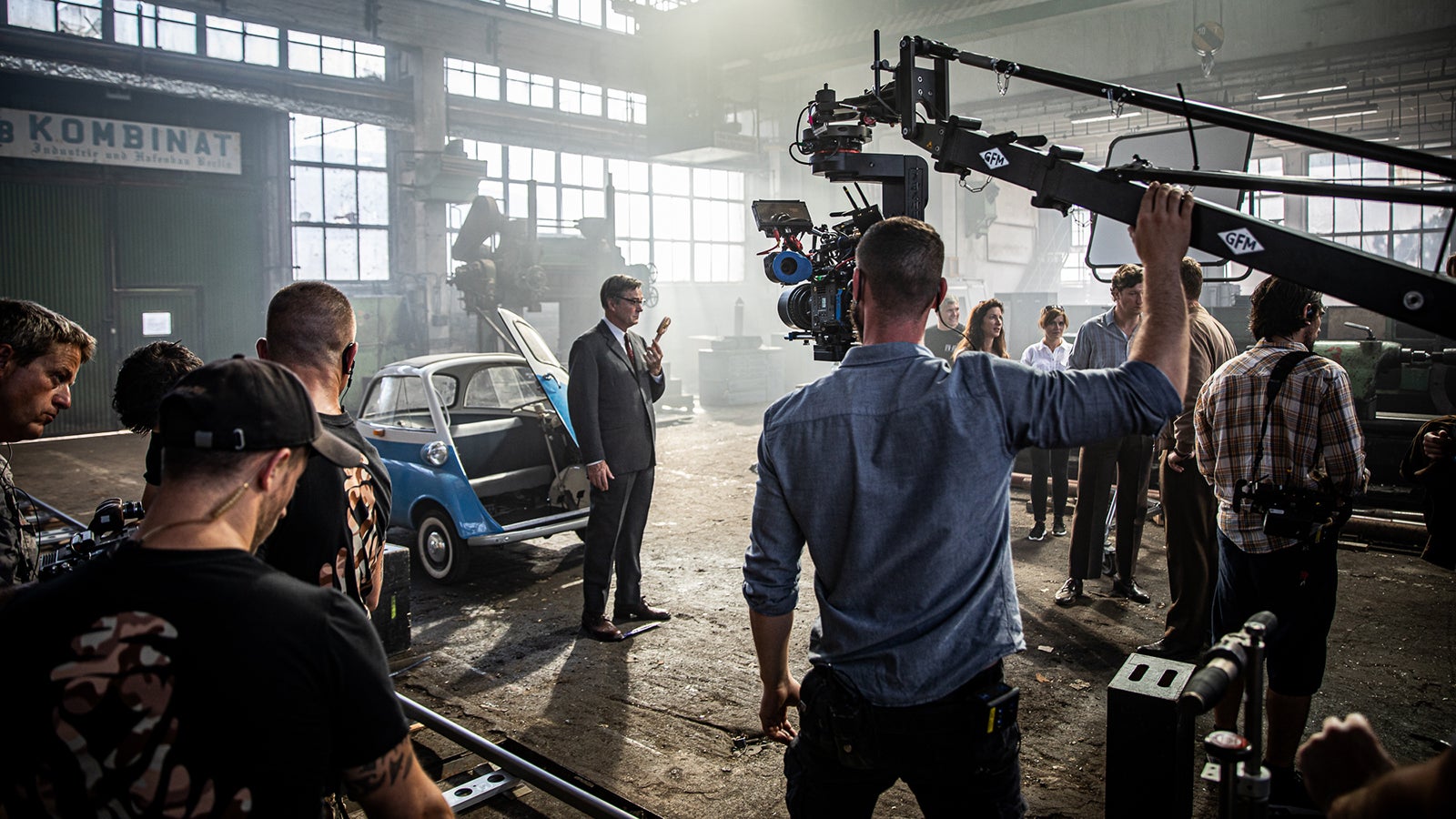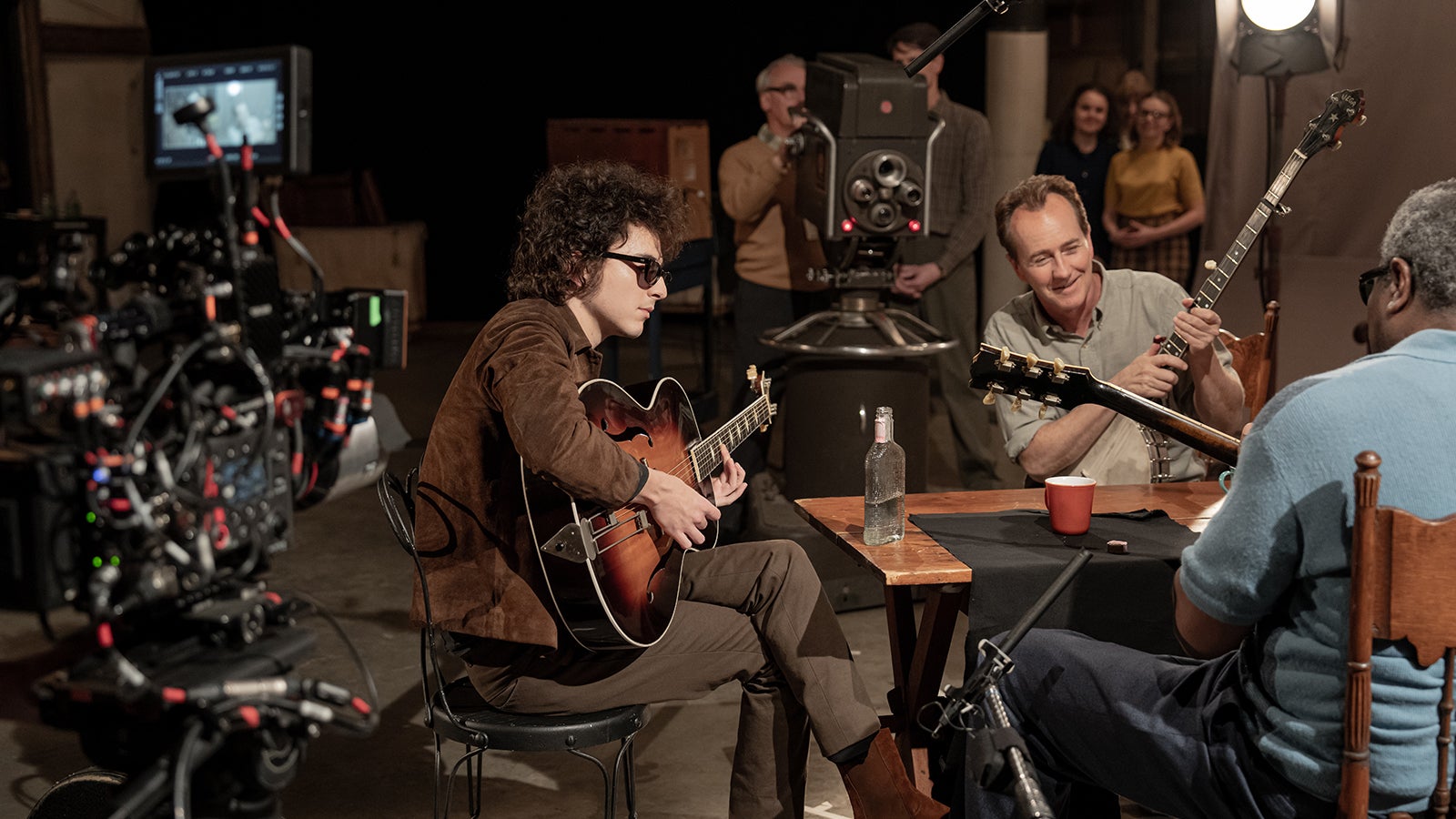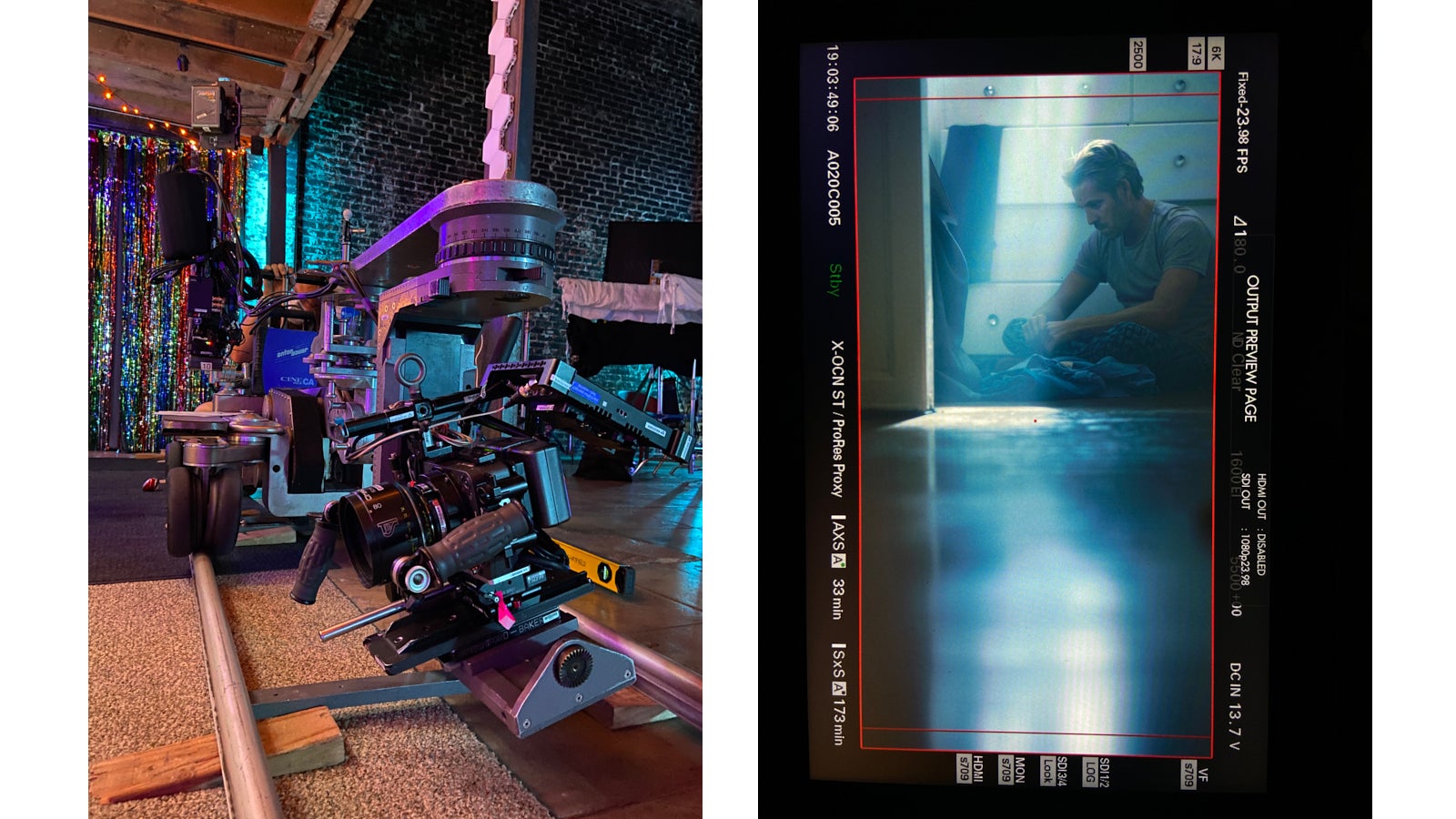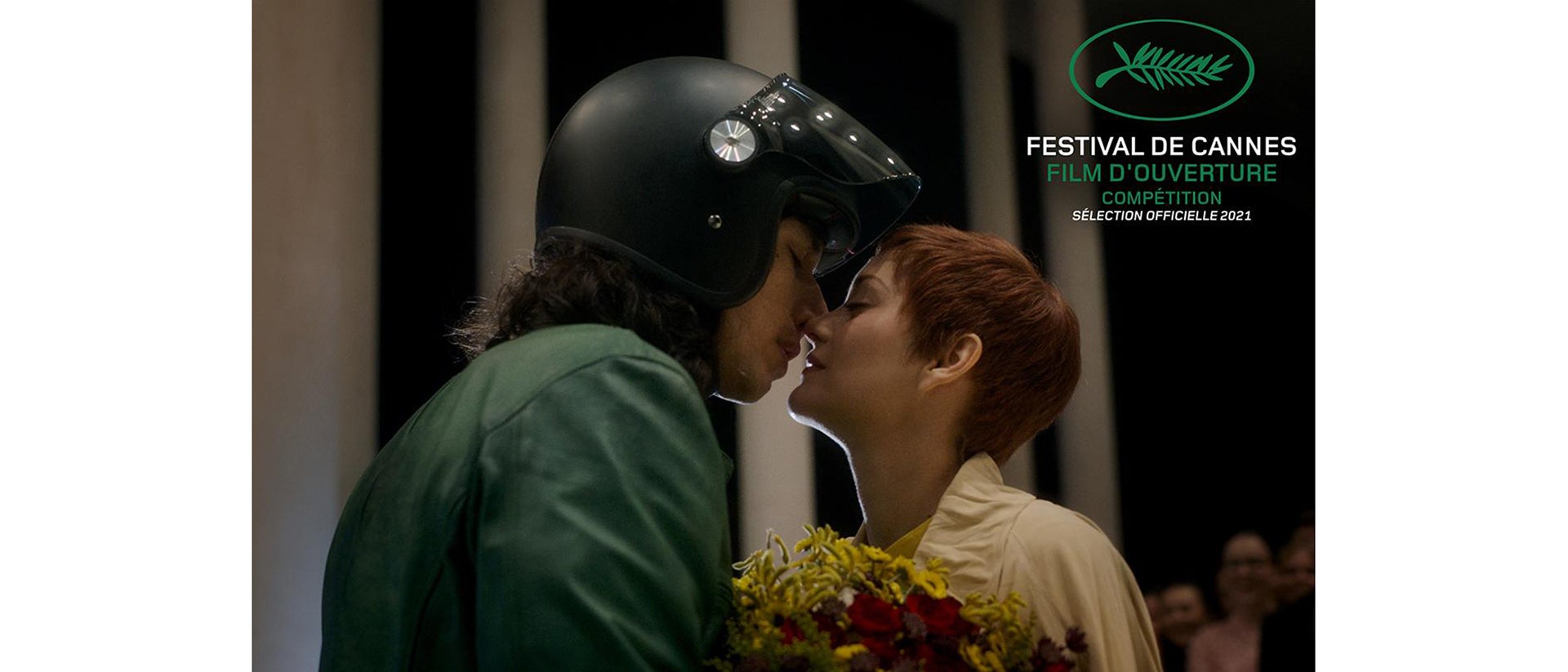
11-08-2021 - Case Study, Gear, Technology
'Annette' Shot on VENICE - Exclusive Interview with DP Caroline Champetier (AFC) and 1st AC Inès Tabarin
By: SonyCine Team
Annette is a unique, visionary musical that made its debut at the 2021 Cannes Film Festival and won the prize for best director (Leos Carax).
The film stars Adam Driver as a stand-up comedian who falls in love with an opera singer portrayed by Marion Cotillard. He is a savage, aggressive performer while she is a model of elegance and grace. As her fame soars, his declines. The original story, script, and music are all by Ron and Russell Mael—perhaps better known as the pop duo Sparks.
To provide visuals as distinctive as the soundtrack, Carax once again turned to acclaimed cinematographer Caroline Champetier (AFC) who has won the César with Of Gods and Men, as well as nominations for The Innocents and The Guardians (both shot on Sony F65), plus the stunning collaboration with Carax on Holy Motors in 2012
To see the video of this interview, visit: https://pro.sony/ue_US/insight/cinematography-stories/venice-annette-case-study
Fighting for color
“After I read the script, I was like ‘Oh la la,'” Champetier remembers. “The movie is gonna take place in five theaters, always by night, so there is going to be a lot of blacks. This was the challenge.
“The color is really following the characters, the story, the places. And it is not just a specific color for a specific theme; there are a lot of nuances—degrees—for each different color. That was also the reason why I chose the Sony VENICE.
“In order to keep the blacks throughout the whole two hours and a half of the movie, you have to fight with them.”
Champetier’s long-time collaborator, and 1st Assistant Camera operator, Inès Tabarin was heavily involved in the camera tests.
“What was essential was to see how the Sony VENICE was reacting to the blacks. Especially with the dual ISO, we ran a lot of tests indoors, outdoors, and also a lot of tests with in-frame lamps like Astera’s, to see how we should expose the color in the darkness and in more lighted spaces. So we found out that the 2500 ISO base was really the best for a dark ambiance. And outdoor (in daylight) it would be the 500 ISO base.”
Champetier observes they were “always checking where is the skin exposed, blacks exposed, and also when we were changing shots. So this is how we kept the continuity during the whole movie. It’s the whole crew that is conscious of the exposure. What was really challenging and exciting was how to keep—during four months of shooting—the blacks safe, on the same level, and especially in very, very different locations.”
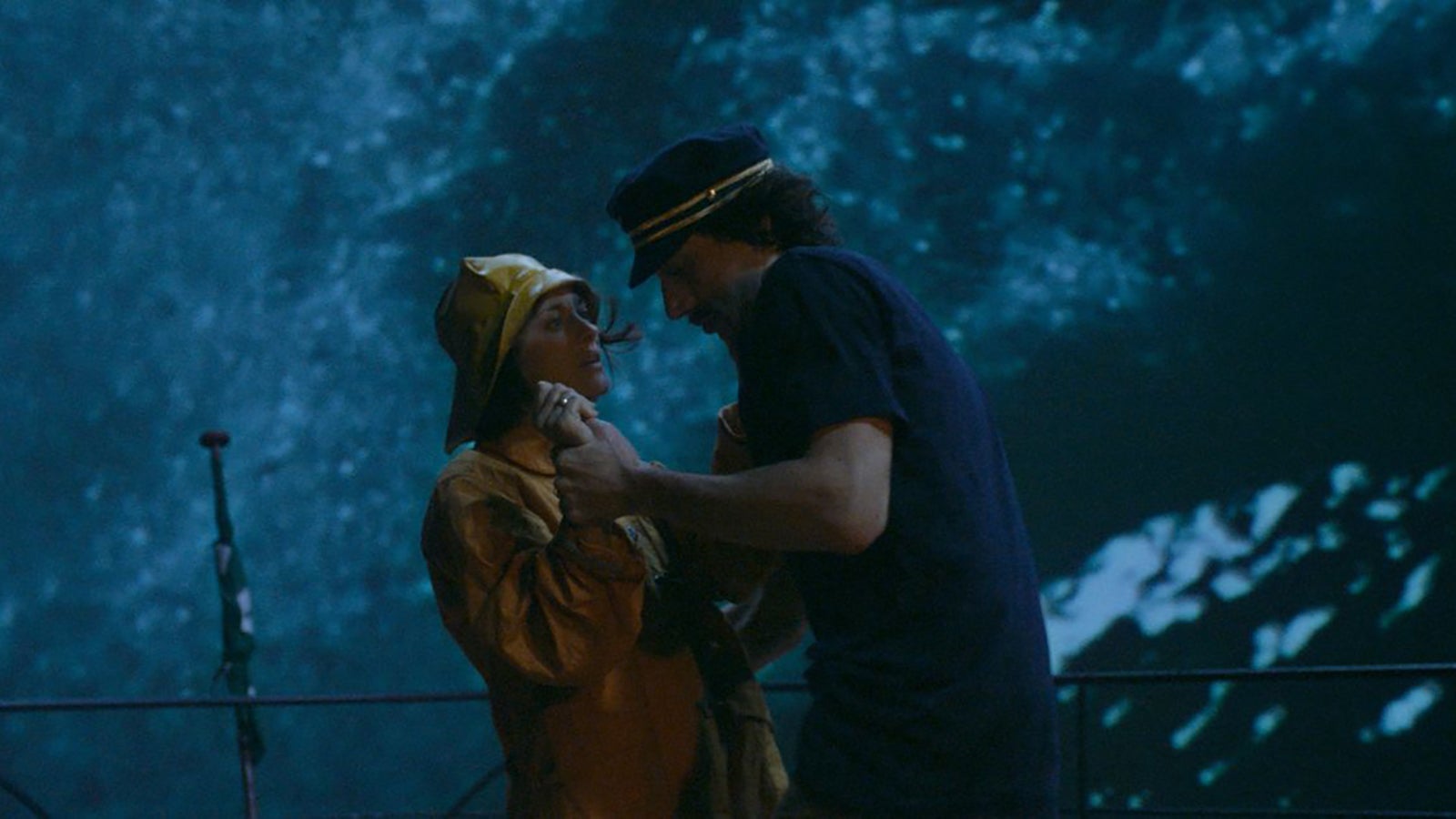
“The color is really following the characters, the story, the places. And it is not just a specific color for a specific theme; there are a lot of nuances—degrees—for each different color. That was also the reason why I chose the Sony VENICE.”
Sequence by sequence
“I don’t think of a movie in its entirety. I really think of a movie sequence by sequence. And each sequence had its own tool to move.
“It would have been easier, but also lazier to have a Steadicam operator all the time. Leos… would have liked to have one all the time. But for me it was very interesting to say ‘No Leos, we cannot offer that,’ so let’s try to work a bit like in the old times, for some parts.
“So with a dolly, on tracks… we made some beautiful shots like that. I think it is the kind of specificity that I can give to Leos since I have been working for a long time now, with directors like Godard or Doillon who were very clever with camera movements on dollies. So it was my way to give something more classical to the movie.
“And I think it is important for some sequences to be cooler, so the movement can stop, then go again. Because with a Steadicam you cannot stop. It’s always moving and when it stops it’s like floating… For me the classical moves are still very important to achieve.
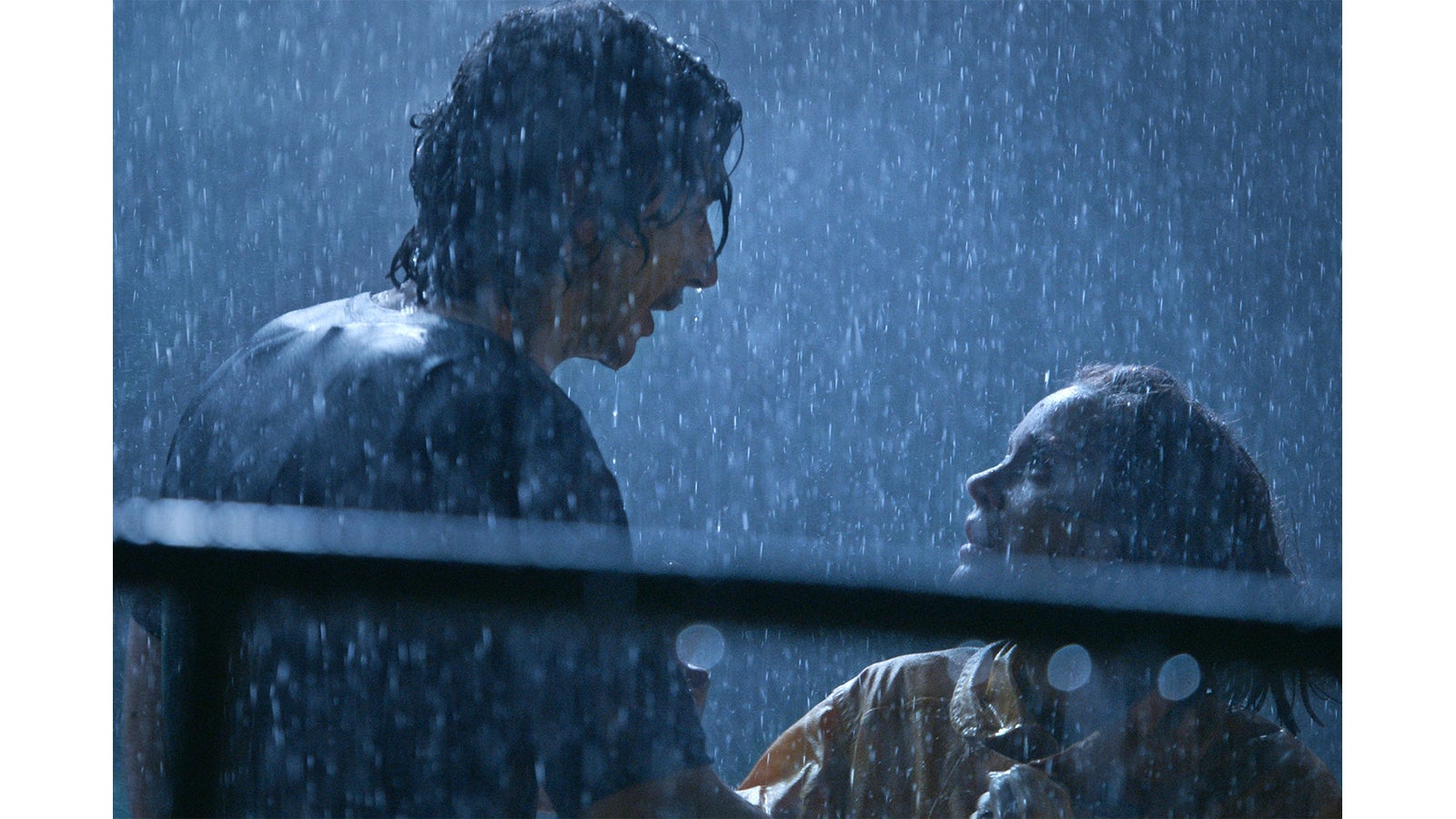
“What was essential was to see how the Sony VENICE was reacting to the blacks. Especially with the dual ISO, we ran a lot of tests… to see how we should expose the color in the darkness and in more lighted spaces.”
